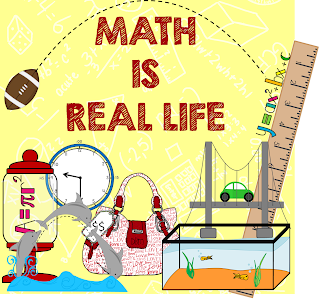E-portfolio - a strategy or a product?
One of the readings for my EDLD 5303 class is a site about Reflection for Learning. I have found it to be a very useful site, one that I could refer to a lot when sharing ideas about e-portfolios. For example, the site has suggestions and examples of reflection with students, including sentence stems and bridging questions to get students thinking, which I think is really useful.
The author of Reflection of Learning references a book called "The Portfolio as a Learning Strategy" (Porter and Cleland, 1995), and includes this quote - "... in the power of reflection that helped us move beyond seeing about portfolio as a mere alternative to traditional assessment to appreciating its value as a learning strategy. In this capacity, portfolios become vehicles for reflection in which learners examine where they have been, where they are now, how they got there, and where they need to go next." (p.34)
This really got me thinking - is a portfolio a product? A strategy for learning? Both?
For me, I think it is both. The portfolio is a place to demonstrate my learning but also a place to review and reflect on my learning and create new learning. For example, when I attend a technology conference, I usually write at least one post summarizing my takeaways (this year is the exception). I was browsing my blog recently and saw a post from TCEA last year. Reviewing it reminded me of some good ideas I had heard about there, but never followed up on them or shared them with my staff. With that reflection, I now some ideas to add to my weekly tech treats newsletter.
So how does this translate to learners? I could definitely see a portfolio as an opportunity for students to see growth in a variety of skills, from writing to math to technology to fine arts. For example, doing a mid-year review to see how far they have come since the first weeks of school might give students a sense of pride and accomplishment, and that reflection could help them identify misconceptions and help them remedy those, or learn from how they self-corrected themselves over time. In my head I can see writing samples, art samples, videos of band performances, and screencasts of math problems being solved displayed online. With those samples, written reflections and next steps to improve.
This quote definitely got me thinking... now how to put it into practice?
Resources:
Porter and Cleland (1995), in their classic book "The Portfolio as a Learning Strategy" and
Reflection for Learning by Helen Barrett
The author of Reflection of Learning references a book called "The Portfolio as a Learning Strategy" (Porter and Cleland, 1995), and includes this quote - "... in the power of reflection that helped us move beyond seeing about portfolio as a mere alternative to traditional assessment to appreciating its value as a learning strategy. In this capacity, portfolios become vehicles for reflection in which learners examine where they have been, where they are now, how they got there, and where they need to go next." (p.34)
This really got me thinking - is a portfolio a product? A strategy for learning? Both?
For me, I think it is both. The portfolio is a place to demonstrate my learning but also a place to review and reflect on my learning and create new learning. For example, when I attend a technology conference, I usually write at least one post summarizing my takeaways (this year is the exception). I was browsing my blog recently and saw a post from TCEA last year. Reviewing it reminded me of some good ideas I had heard about there, but never followed up on them or shared them with my staff. With that reflection, I now some ideas to add to my weekly tech treats newsletter.
So how does this translate to learners? I could definitely see a portfolio as an opportunity for students to see growth in a variety of skills, from writing to math to technology to fine arts. For example, doing a mid-year review to see how far they have come since the first weeks of school might give students a sense of pride and accomplishment, and that reflection could help them identify misconceptions and help them remedy those, or learn from how they self-corrected themselves over time. In my head I can see writing samples, art samples, videos of band performances, and screencasts of math problems being solved displayed online. With those samples, written reflections and next steps to improve.
This quote definitely got me thinking... now how to put it into practice?
Resources:
Porter and Cleland (1995), in their classic book "The Portfolio as a Learning Strategy" and
Reflection for Learning by Helen Barrett

Comments
Post a Comment